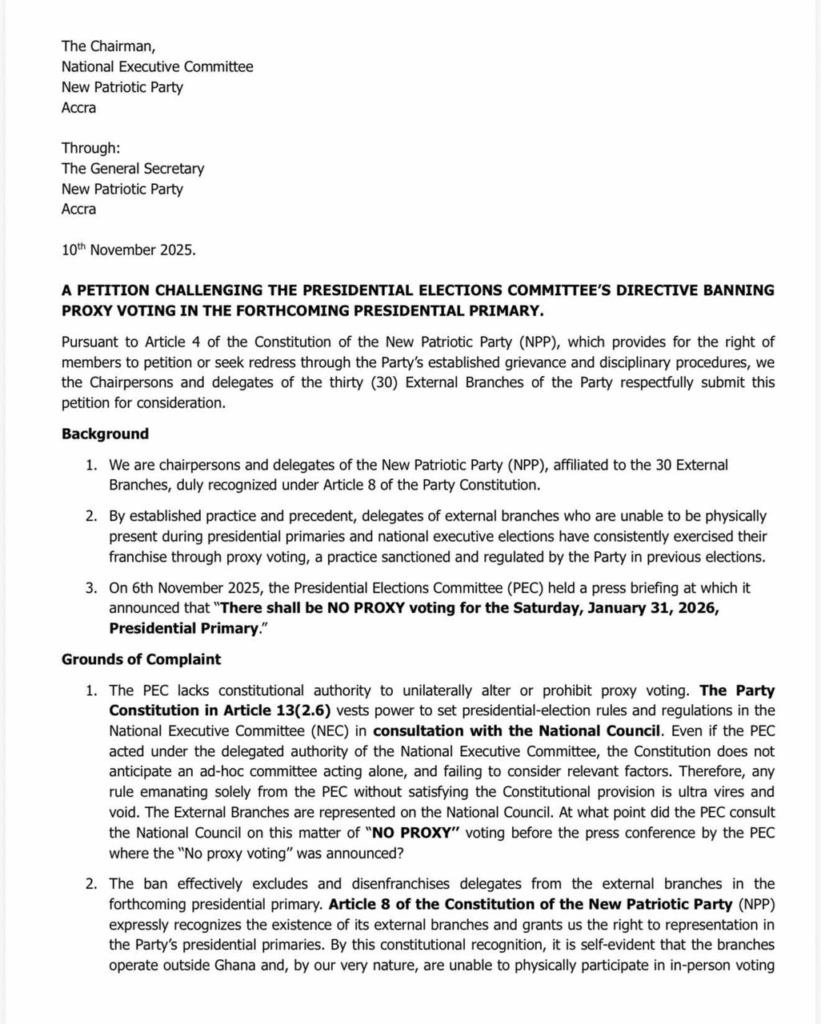| Image: Google |
After years of anticipation, Guillermo del Toro’s long-awaited adaptation of Frankenstein has finally made its way to Netflix following its theatrical release in October. Spanning an ambitious two hours and thirty-two minutes, the film presents a visually mesmerizing and philosophically layered reimagining of Mary Shelley’s timeless Gothic tale. But while its technical execution is undeniably superb, a few questionable casting and narrative decisions prevent it from achieving true cinematic perfection.
Minor spoilers ahead.
Plot and Setting
Set against the fog-drenched streets and dim candlelit chambers of 19th-century London, the film follows Victor Frankenstein (Oscar Isaac), a brilliant but emotionally scarred scientist whose obsession with conquering death leads him to create life from the remains of corpses. Urged on by his cunning mentor, Harlander (Christoph Waltz), Victor’s success quickly unravels as he faces the horrifying consequences of his ambition.
Del Toro frames the story as both a psychological duel and a moral meditation — a tug-of-war between creator and creation. The narrative unfolds in two complementary arcs: Victor’s Tale and The Creature’s Tale, allowing audiences to see both perspectives in rich emotional detail. This dual narrative gives the film its strongest thematic resonance, presenting not just a monster story, but a philosophical exploration of love, rejection, and identity.
Performances and Character Dynamics
Oscar Isaac is perfectly cast as Victor Frankenstein. His portrayal captures both the fervent genius and the deep emotional fragility of a man consumed by his pursuit of immortality. Isaac’s performance oscillates between fiery determination and quiet despair, creating a portrait of a man who becomes as monstrous as the being he brings to life.
Jacob Elordi’s turn as the creature is a revelation. Far from the mindless brute often depicted in earlier adaptations, Elordi’s creature is soulful and introspective, evoking both fear and compassion. His emotional depth, expressive body language, and haunted eyes make him the film’s true heart.
However, Mia Goth’s Elizabeth Harlander feels like a missed opportunity. Her performance is technically sound but somewhat restrained, lacking the raw emotional gravity that could have balanced Victor’s descent into madness. While del Toro may have intentionally underplayed her role to reflect Shelley’s original text, the decision leaves Elizabeth feeling underdeveloped in a film otherwise brimming with layered characters.
Direction and Pacing
Del Toro’s fingerprints are unmistakable throughout — from the opulent production design to the haunting, dreamlike cinematography. Every frame is carefully composed, fusing Gothic opulence with a sense of tragic intimacy. The director’s signature blend of fantasy and horror finds perfect expression in this world of flickering candles, decaying mansions, and storm-battered laboratories.
Despite its lengthy runtime, Frankenstein rarely drags. Del Toro’s storytelling remains taut and deliberate, with each scene building upon the last to create a cumulative emotional weight. By the final act, audiences are left questioning not just who the monster truly is, but whether creation itself is an act of love or vanity.
Technical Excellence
Visually, Frankenstein is a masterpiece. The cinematography balances muted Victorian tones with bursts of light and shadow, perfectly capturing the era’s tension between science and superstition. The costume design — lavish yet historically authentic — enhances the sense of immersion, while the practical effects and makeup work give the creature a disturbingly human quality.
Equally noteworthy is the film’s sound design and score. Each note underscores the emotional undercurrents of the story — from the creature’s quiet anguish to the thunderous chaos of Victor’s experiments. The production team deserves immense credit for making the world of Frankenstein feel both authentic and timeless.
Themes and Reflections
Del Toro’s Frankenstein is not simply about scientific hubris; it’s a story about longing, loneliness, and the human need for connection. Beneath the horror and spectacle lies a meditation on parenthood — how creation without compassion can yield tragedy.
Key ideas that resonate deeply include:
• The destructive power of obsession, and how ambition unchecked can corrupt even noble intentions.
• The pain of rejection, as the creature’s yearning for love mirrors the universal human desire to belong.
• The moral ambiguity of creation, forcing us to ask whether responsibility ends at invention or continues in nurturing what we bring to life.
• The blurred line between human and monster, a theme del Toro explores with empathy and restraint.
Flaws and Curiosities
Despite its brilliance, the film isn’t without flaws. Elizabeth’s underwhelming reaction to the creature’s resurrection feels emotionally hollow. Certain subplots — particularly those involving Harlander’s manipulation and the crew’s frozen ordeal — raise more questions than they answer. Additionally, a few of Victor’s late-film decisions feel driven more by symbolism than believable character motivation.
Final Verdict
Guillermo del Toro’s Frankenstein is a hauntingly beautiful yet imperfect adaptation — a film that dazzles the senses even when it falters in emotional precision. Its visual mastery, compelling performances, and profound themes make it one of the year’s most ambitious works of cinematic Gothicism.
Though not flawless, it lingers in the mind — a tragic fable that compels you to ponder what it means to create, destroy, and seek love in a world that fears both.
Verdict: 7/10
Stunningly crafted, thought-provoking, but slightly uneven in execution.
Watch trailer:
#Frankenstein
#MovieReview
#Netflix















Leave a Reply